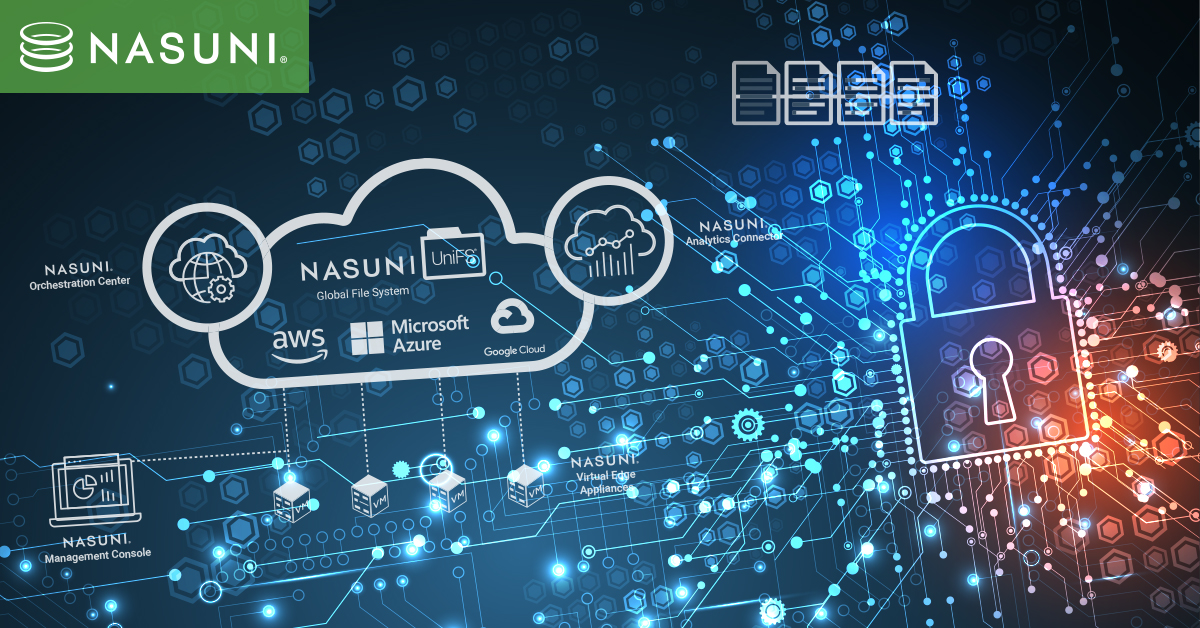How to Create a Cost-Efficient & Reliable Data Backup Plan
Traditional backup is far too complex. In this blog from Nasuni CPO, Russ Kennedy, find out what an enterprise-ready cloud backup solution should include.
February 6, 2020

As we work with more and more global enterprises looking to leverage cloud services, we’re hearing several consistent themes and pain points. One of the most common, though, is a tremendous frustration with backup.
This is understandable. Traditional backup is far too complex. Data protection shouldn’t be a separate system that’s bolted onto storage. It should be an integral part of any storage solution, with backup taking place automatically, behind the scenes. Yet this is difficult to do with traditional, on-premises storage.
If you do rely on traditional backup, consider these questions:
- How reliable is your backup, and how do you define reliability?
- Is your backup system tailored to the needs of your business users?
- What kind of operational costs are involved with maintaining this backup?
- How many different approaches to backup and data protection are in place across all of your entire enterprise?
Today, enterprise data protection should be reliable, cost-effective, and simple to manage. Yet we’ve talked to IT leaders who’ve dealt with so many failed backups or restores that they’ve decided to live with an 80% or 90% success rate on the process. That should not be acceptable. It’s also critical to understand whether your traditional approach to data protection is really supporting your users. Too many backup systems are mismatched with the needs of the business and have been bought solely on the basis of cost, vendor relationship, or the technical knowledge of the local IT team.
Finally, it’s helpful to map out the operational costs associated with managing and maintaining backups at all your locations. We’ve worked with companies that have dozens of different global locations, each with different backup solutions or data protection systems. These sites often require dedicated backup administrators as well.
Generally, leveraging the cloud is a great way to lower the cost and improve the reliability of backup, but as you evaluate the options out there on the market, I would suggest keeping a few essential features in mind.
Critical Features of an Effective and Cost-efficient Backup Strategy
An enterprise-ready cloud backup solution should include:
- Data Access Permission Controls: Who has access to backups and what data do they have permission to access?
- Centralized Management: One of the prime advantages of the cloud file services approach to data protection is that you have one solution that applies to multiple locations. Ideally, you will want to be able to manage this solution centrally, so you don’t need to have data protection professionals at every location.
- Transparent Recovery: If the original host is no longer available, because it has failed or suffered irreparable damage, you need to know to where and how data should be recovered. These recoveries should be fast, too – even instant file recovery is possible with the cloud.
- Data Retention Flexibility: Make sure you understand how long data needs to be retained, when regulations require the strict retention and deletion of specific types of data, and how these requirements differ globally. Work closely with your provider to ensure that these policies are followed.
- Powerful Security: Ensure that backups are encrypted, so that unauthorized individuals can’t pull sensitive data from them, and secured, so that a ransomware attack cannot access and digitally shred your backups.
- Compression & Deduplication: With today’s growth in data, solutions that compress and deduplicate are essential to reducing backup storage consumption, as well as cloud egress charges. Without compression and deduplication you risk losing out on the cost benefits.
- Automation: Solutions that automate the backup cycle for incremental and full backups, or better yet, eliminate the need for incremental and full, will drive down operational costs.
One of the common mistakes organizations make is continuing the status quo. They might not be satisfied with their traditional backup and data protection or pleased with the costs but still don’t want to change. This spurs them to put the burden for improvement and cost-avoidance on their staff. Maybe they’ll ask staff to move data off of disk more frequently to make room for new backups, perform more tape backups in a given timeframe, or, too often, decide what data not to protect – only to find out later that valuable data has been lost or compromised.
Maintaining the status quo is not only unnecessary – it will actually create more pain within your organization over these next few years. Cloud data protection is far superior to traditional backup in every dimension, including cost and reliability. Modernizing and upgrading your data protection infrastructure is no minor task, but it yields immediate benefits from a cost and business continuity standpoint. We know it works. We’ve already worked with some of the largest companies in the world, helping them shut down backup at dozens and even hundreds of global locations.
What are you waiting for?